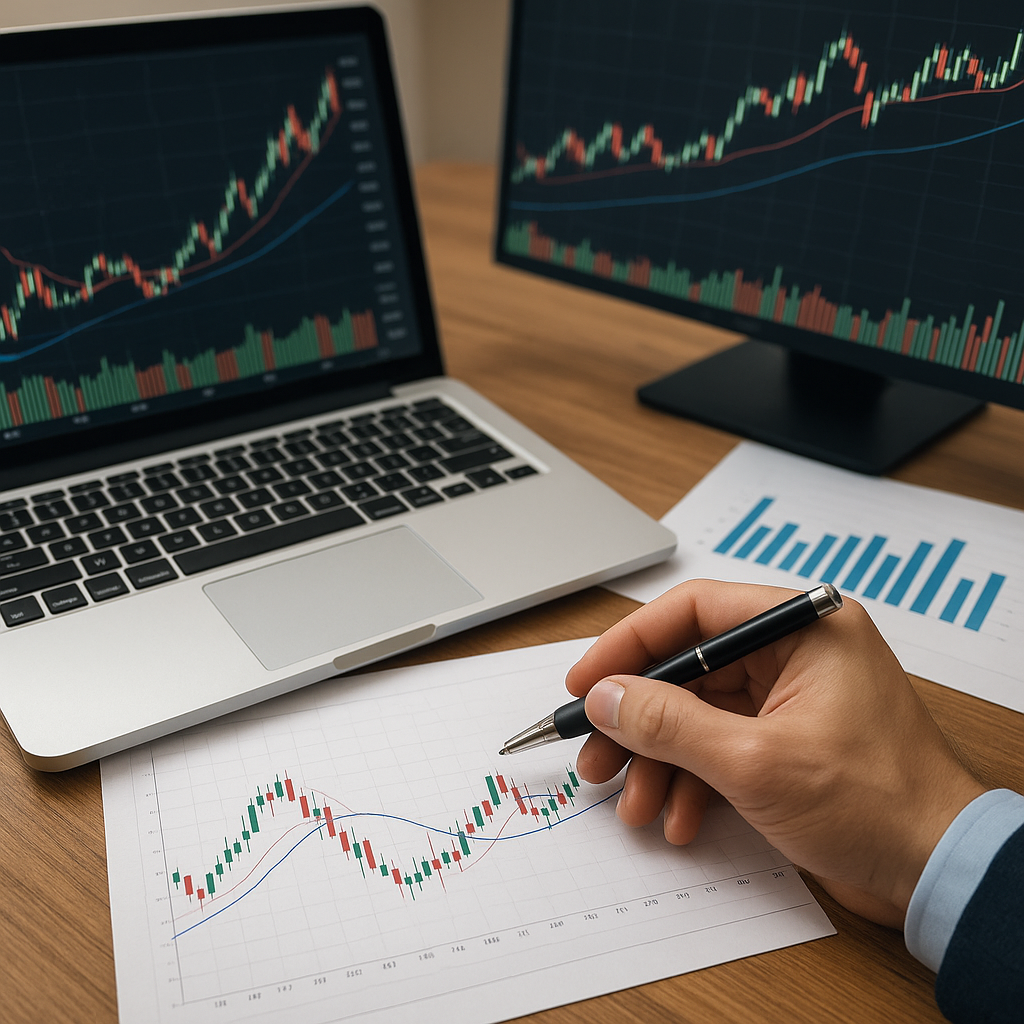Currency investing, also known as forex trading, involves buying and selling currencies in the foreign exchange market with the aim of making a profit. This article will delve into the basics of currency investing, explaining how it works, the key concepts, and the strategies involved.
Understanding the Forex Market
The foreign exchange market, or forex market, is the largest and most liquid financial market in the world. It operates 24 hours a day, five days a week, and involves a vast network of banks, financial institutions, corporations, governments, and individual traders. The primary purpose of the forex market is to facilitate international trade and investment by allowing businesses to convert one currency into another.
Currency Pairs
In the forex market, currencies are traded in pairs. Each pair consists of a base currency and a quote currency. The base currency is the first currency listed in the pair, while the quote currency is the second. For example, in the EUR/USD pair, the euro (EUR) is the base currency, and the US dollar (USD) is the quote currency. The price of a currency pair indicates how much of the quote currency is needed to purchase one unit of the base currency.
Major, Minor, and Exotic Pairs
Currency pairs are categorized into three main groups: major, minor, and exotic pairs. Major pairs involve the most traded currencies in the world, such as the US dollar, euro, Japanese yen, British pound, Swiss franc, Canadian dollar, and Australian dollar. Examples of major pairs include EUR/USD, USD/JPY, and GBP/USD.
Minor pairs, also known as cross-currency pairs, do not include the US dollar. Examples of minor pairs are EUR/GBP, EUR/JPY, and GBP/JPY. Exotic pairs consist of one major currency and one currency from an emerging or smaller economy, such as USD/TRY (US dollar/Turkish lira) or EUR/SEK (euro/Swedish krona).
Key Concepts in Currency Investing
Exchange Rates
The exchange rate is the price at which one currency can be exchanged for another. Exchange rates fluctuate constantly due to various factors, including economic data, geopolitical events, interest rate differentials, and market sentiment. Understanding how exchange rates are determined and what influences them is crucial for successful currency investing.
Leverage and Margin
Leverage is a powerful tool in forex trading that allows traders to control a large position with a relatively small amount of capital. For example, with a leverage ratio of 100:1, a trader can control a $100,000 position with just $1,000 of their own money. While leverage can amplify profits, it also increases the risk of significant losses.
Margin is the amount of money required to open and maintain a leveraged position. It acts as a security deposit to cover potential losses. Traders must maintain a minimum margin level in their accounts to avoid a margin call, which occurs when the account balance falls below the required margin level, forcing the trader to either deposit more funds or close positions to reduce exposure.
Bid and Ask Prices
The bid price is the price at which a trader can sell a currency pair, while the ask price is the price at which a trader can buy a currency pair. The difference between the bid and ask prices is known as the spread, which represents the cost of trading. Tight spreads are generally more favorable for traders, as they reduce the cost of entering and exiting positions.
Pips and Lots
A pip (percentage in point) is the smallest price movement in the forex market, typically equal to 0.0001 for most currency pairs. For example, if the EUR/USD pair moves from 1.1000 to 1.1001, it has moved one pip. Understanding pips is essential for calculating profits and losses in forex trading.
Lots refer to the standardized trading sizes in the forex market. A standard lot is equal to 100,000 units of the base currency, a mini lot is 10,000 units, and a micro lot is 1,000 units. Traders can choose the lot size that best suits their risk tolerance and trading strategy.
Strategies for Currency Investing
Technical Analysis
Technical analysis involves studying historical price charts and using various indicators to predict future price movements. Common technical indicators include moving averages, relative strength index (RSI), and Bollinger Bands. Technical analysts believe that past price patterns and trends can provide valuable insights into future market behavior.
Fundamental Analysis
Fundamental analysis focuses on evaluating the economic, political, and social factors that influence currency values. Key economic indicators, such as GDP growth, inflation rates, employment data, and central bank policies, play a significant role in fundamental analysis. Traders who use this approach aim to understand the underlying factors driving currency movements and make informed trading decisions based on this information.
Sentiment Analysis
Sentiment analysis involves gauging the overall mood or sentiment of the market. This can be done by analyzing news headlines, social media trends, and market sentiment indicators, such as the Commitment of Traders (COT) report. Understanding market sentiment can help traders identify potential turning points and make more informed trading decisions.
Risk Management
Effective risk management is crucial for long-term success in currency investing. Traders should use stop-loss orders to limit potential losses and take-profit orders to lock in profits. Diversifying the trading portfolio and avoiding over-leveraging are also essential risk management practices. Additionally, traders should have a well-defined trading plan and stick to it, avoiding emotional decision-making.
Conclusion
Currency investing offers numerous opportunities for profit, but it also comes with significant risks. Understanding the basics of the forex market, key concepts, and various trading strategies is essential for success. By combining technical, fundamental, and sentiment analysis with effective risk management, traders can navigate the complexities of the forex market and achieve their investment goals.




